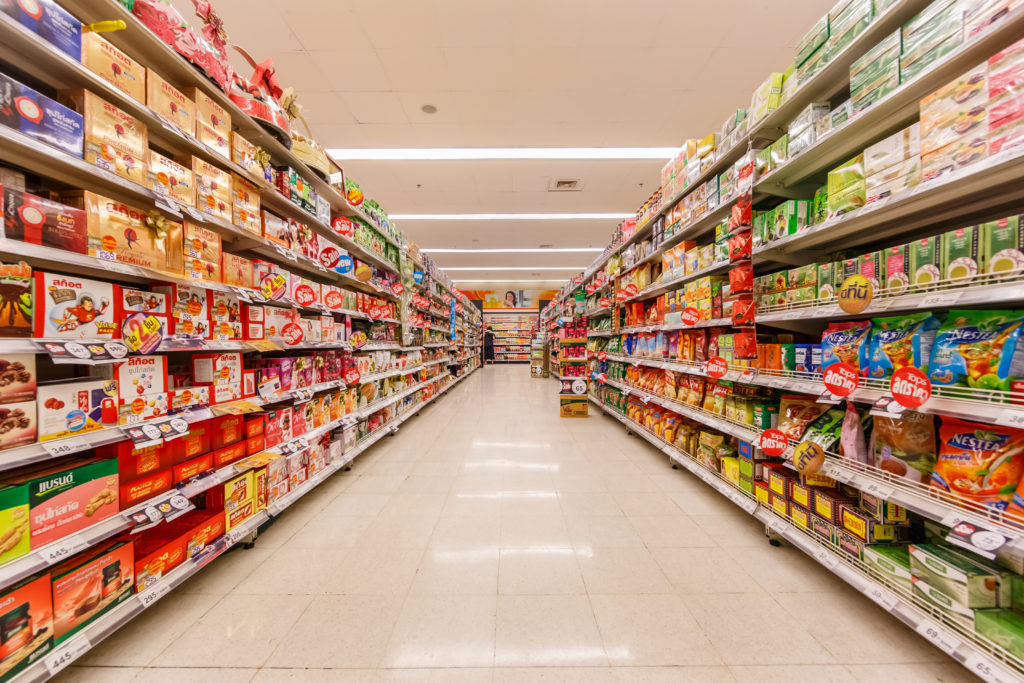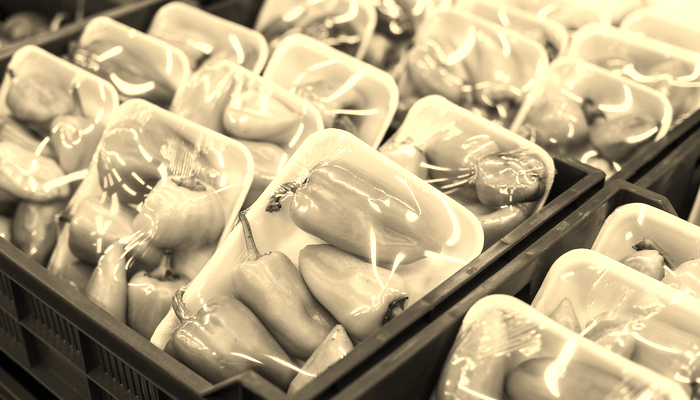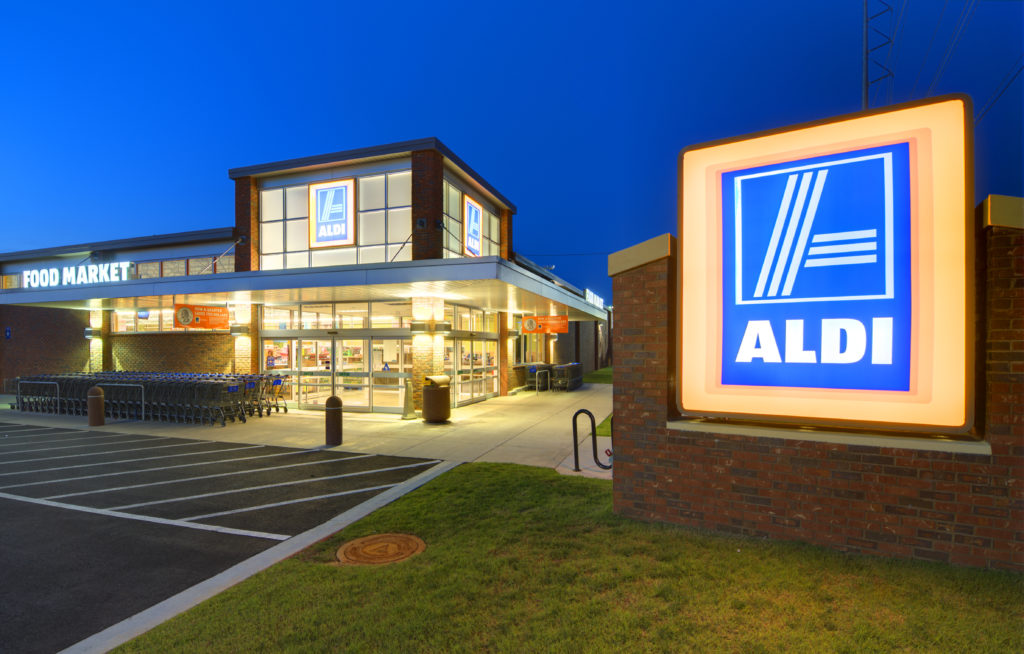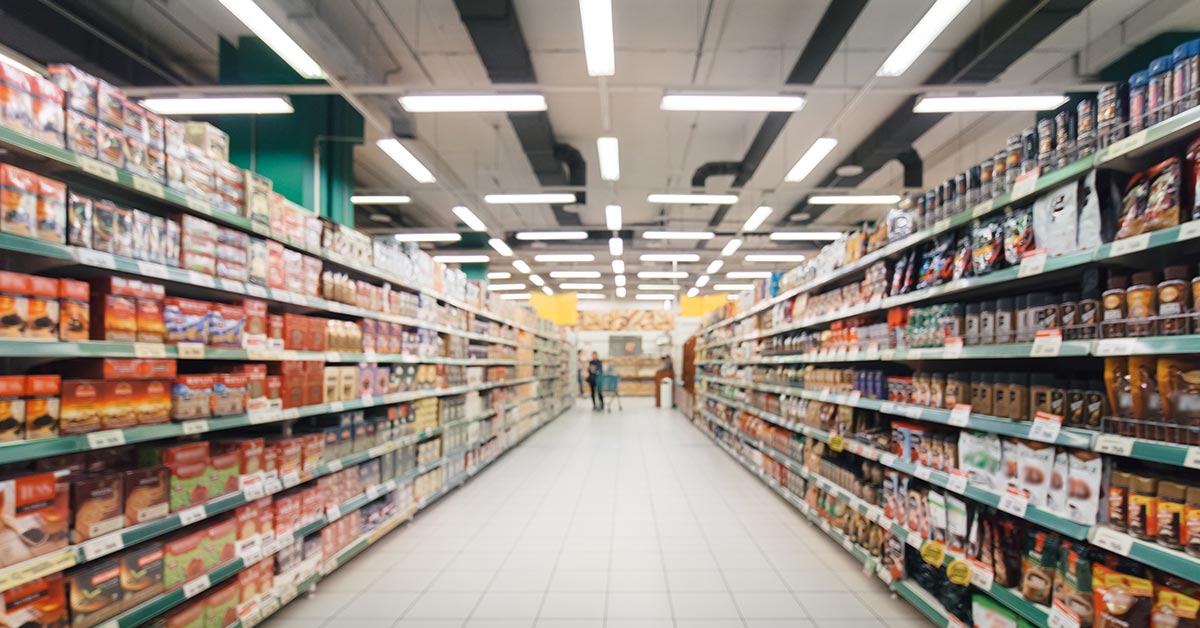Unless you grew up living completely off the land, I’m going to guess that going to the grocery store has been something you’ve participated in since you were a baby. You’ve gone many times, in fact, that you probably don’t even think much about their design or structure. If you stop and think about it, however, you’ll realize that pretty much all grocery stores have one thing in common: They have next to no windows in them. As it turns out, there are actual reasons behind this, as well as certain stores looking to change the game.
Why Grocery Stores Have No Windows
Let’s start off by talking about the reasons why the majority of grocery stores around the world don’t have windows in them currently. There are a couple of reasons to explain this. The first of these is display space. Think about your typical grocery store. It has aisles and walls that are four or five shelves high with products. Space in a grocery store is money, especially in stores in urban centers where space is limited and costly. The stores need to utilize their space as efficiently and effectively as possible. Windows may allow in light, but they also mean less space for product. (1)

Read: Woman in rural Alaska reveals shocking prices of grocery items in a video viewed 2M times
Packaging
The second reason is that natural light can affect packaging. Look at an old billboard, for example, or posters on the outside wall of a building. After hours and hours in the direct sunlight, the colors begin to fade. It eventually looks worn, becomes less appealing, and needs to be replaced. This is what happens with product packaging, as well. They aren’t designed to be sitting in sunlight at all. If it fades, it becomes less appealing to customers. On top of that is that certain products may degrade quickly if there is too much natural light. This is, of course, problematic for a store whose goal is to sell as much as possible and throw away as little as possible. (2)

Shopper Psychology
Thirdly, there is customer behavior to be considered. Shopper psychology has played a huge role in how stores such as grocery stores are designed. They want you to walk slowly, browse, and take your time. Rushed shoppers, typically, buy less, as there is less time for impulse purchases. With no windows, the concept of time fades, especially during parts of the year when it gets darker out earlier. Also, if a customer is shopping and notices bad weather coming in, they are more likely to abandon their excursion earlier in order to beat the weather home. Again, this results in less money spent.

Read: When you die your brain knows you’re dead
Grocery Store In Germany Making Changes
While still, the majority of stores have stuck to this belief, there is one who has decided to experiment with something different. Aldi in Southwest Germany has decided to see what adding more light can do for their customer experience as well as for their employees. A few other German stores are also trying out the change. They are still very much in the testing phase, however.
“When the Aldi branch in Rastatt was built, we had carried out extra studies on the incidence of light — how much daylight falls through the windows on the products at what time of the year. The gingerbread melted in the winter after one hour of sunshine.” explained Michaela von Baumgarten, architect at the engineering and planning office IPB Finzel in Würzburg, which is responsible for the concepts of the two Aldi branches experimenting with windows in stores.
The stores then had to replace regular window panes with a special glass that was still transparent enough to let light in, but that blocked more of the product-damaging heat and UV rays.

More On Shopper Psychology
Some of the stores experimenting with more windows in the stores are doing so for the exact same reason other stores aren’t: Keeping shoppers inside the store for longer. They believe that natural light makes the space more inviting and more enjoyable. With more of it, customers will want to stay in longer. Apparently, this light also makes it easier for them to find what they are looking for. According to a 2002 study done by the National Renewable Energy Laboratory in Colorado, customers and employees felt better, safer, and were able to identify products and people faster.
The shopping experience is more experience-oriented and turns grocery shopping into a more enjoyable outing than simply a chore that needs to be done. Think about the difference between buying your produce at the grocery store versus browsing through your local farmer’s market. The future generation of grocery stores may just begin to look more like a specialized greenhouse as opposed to the warehouse vibes we’ve all become accustomed to.
Keep Reading: Scientists Amazed At Health Of Man, 87, Who Has Not Washed For 65 Years And Eats Raw Roadkill
Sources
- “Why supermarkets have so few windows.” Business Insider. Marc Steinau. November 9, 2017.
- “The Reason You Rarely See Windows in Grocery Stores.” Mental Floss. Jake Rossen. May 16, 2021.

